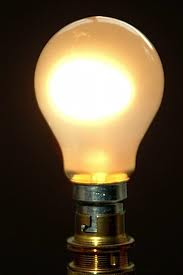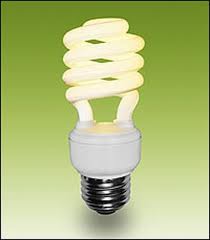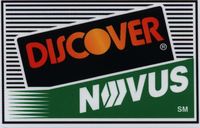LED LIGHTING
What are LEDs?
LEDs, or Light–Emitting Diodes, are semiconductor devices that produce visible light when an electrical current is passed through them. LEDs are a type of Solid State Lighting (SSL), as are Organic Light–Emitting Diodes (OLEDs) and Light–Emitting Polymers (LEPs).
How is LED lighting different the ohter light sources, such as Incandescent and CFL?
LED lighting differs from incandescent and Compact Fluorescent Lighting in several ways. When designed well, LED lighting can be more efficient, durable, versatile and longer lasting. LED lighting products use light emitting diodes to produce light very efficiently. An electrical current passes through semiconductor material, which illuminates the tiny light sources we call LEDs. The heat produced is absorbed into a heat sink.
Common LED colors include amber, red, green, and blue. There is actually no such thing as a “white” LED. To get white light, the kind we use for lighting our homes and offices, different color LEDs are mixed or covered with a phosphor material that converts the color of the light. The phosphor is the yellow material you can see on some LED products. Colored LEDs are widely used as signal lights and indicator lights, like the power button on a computer.
LEDs are now being incorporated into bulbs and fixtures for indoor and outdoor lighting applications. LEDs are small and provide unique design opportunities.
Some LED bulb solutions may look like familiar light bulbs and some may not, but can better match the performance of traditional light bulbs. Some LED light fixtures may have LEDs built–in as a permanent light source.
LEDs are “directional” light sources, which means they emit light in a specific direction, unlike incandescent and compact fluorescent bulbs, which emit light and heat in all directions. For this reason, LED lighting is able to use light and energy more efficiently in many applications. However, it also means that sophisticated engineering is needed to produce an LED light bulb that shines light all around like an incandescent A-shape bulb.
LEDs and Efficiency LEDs offer substantial benefits beyond energy efficiency:
- Longer rated life than regular bulbs
- Produces equal or better quality of light per energy input
- Offers additional savings through reduced maintenance costs
- Reduction in air conditioning cooling load
- Easy integration and control in smart buildings (i.e. digital load control in BMS)
Comparison Chart
LED Lights vs. Incandescent Lights vs. CFLs
| Energy Efficiency & Energy Costs |
 Light Emitting Diodes (LEDs) |
 Incandescent Light Bulds |
 Compact Fluorescent Lights (CFLs) |
| Life Span (average) |
50,000 hours | 1,200 hours | 8,000 hours |
| Watts of electricity used (equivalent to 60 watt bulb) LEDs use less power (watts) per unit of light generated (lumens). LEDs help reduce greenhouse gas emissions from power plants and lower electric bills |
6 - 8 watts | 60 watts | 13 -15 watts |
| Kilo-watts of Electricity used (30 Incandescent Bulbs per year equivalent) |
329 KWh/year | 3285 KWh/year | 767 KWh/year |
| Annual Opereating (30 Incandescent Bulbs per year equivalent) |
$32.85/year | $328.59/year | $76.65/year |
| Lumens | Watts | Watts | Watts |
| 450 | 4 - 5 | 40 | 9 - 13 |
| 800 | 6 - 8 | 60 | 18 - 25 |
| 1,100 | 9 - 13 | 75 | 18 - 25 |
| 1,600 | 16 - 20 | 100 | 23 - 30 |
| 2,600 | 25 - 28 | 150 | 30 - 55 |
Recent changes by the federal government concerning energy usage will be making most common light bulbs obsolete. Contact Dengler Signs Towers & Electric, Inc., for a free evaluation of your home or business current lighting, and to see what the savings would be to covert to LED lighting.
Commercial, institutional, or industrial lighting upgrades may be eligible for utility discounts.









